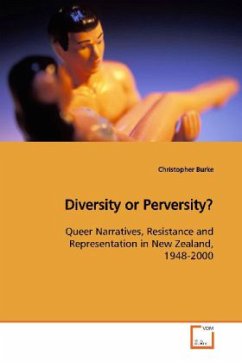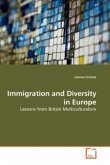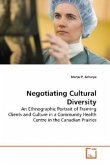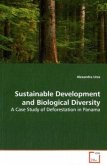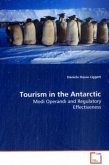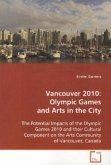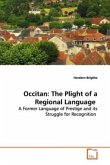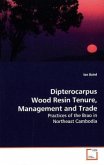''Diversity or Perversity?'' contributes to the
burgeoning field of the history of sexuality in New
Zealand. It draws from a range of narratological
materials parliamentary debates and novels and
short stories written by men with publicly avowed
queer identities. This book explores how both normative identity and the category of the
homosexual were constructed and mobilised in the
public domain. It shows that members of parliament
have engaged with an extensive tradition of defining
and excluding; a process by which state and public
discourses have constructed largely negative
narratives of the homosexual . At the same time,
fictional narratives offer an adjacent body of
knowledge and thought for queer men. This book posits
literature s position as an important and productive
space for queer resistance and critique. Drawing from
the works of a number of authors, ''Diversity or
Perversity?'' argues for a revaluing of fictional
narratives as active texts from which historians can
construct a matrix of cultural experience, while
allowing for the determining role such narratives
play in understanding gender and sexuality in New
Zealand.
burgeoning field of the history of sexuality in New
Zealand. It draws from a range of narratological
materials parliamentary debates and novels and
short stories written by men with publicly avowed
queer identities. This book explores how both normative identity and the category of the
homosexual were constructed and mobilised in the
public domain. It shows that members of parliament
have engaged with an extensive tradition of defining
and excluding; a process by which state and public
discourses have constructed largely negative
narratives of the homosexual . At the same time,
fictional narratives offer an adjacent body of
knowledge and thought for queer men. This book posits
literature s position as an important and productive
space for queer resistance and critique. Drawing from
the works of a number of authors, ''Diversity or
Perversity?'' argues for a revaluing of fictional
narratives as active texts from which historians can
construct a matrix of cultural experience, while
allowing for the determining role such narratives
play in understanding gender and sexuality in New
Zealand.

